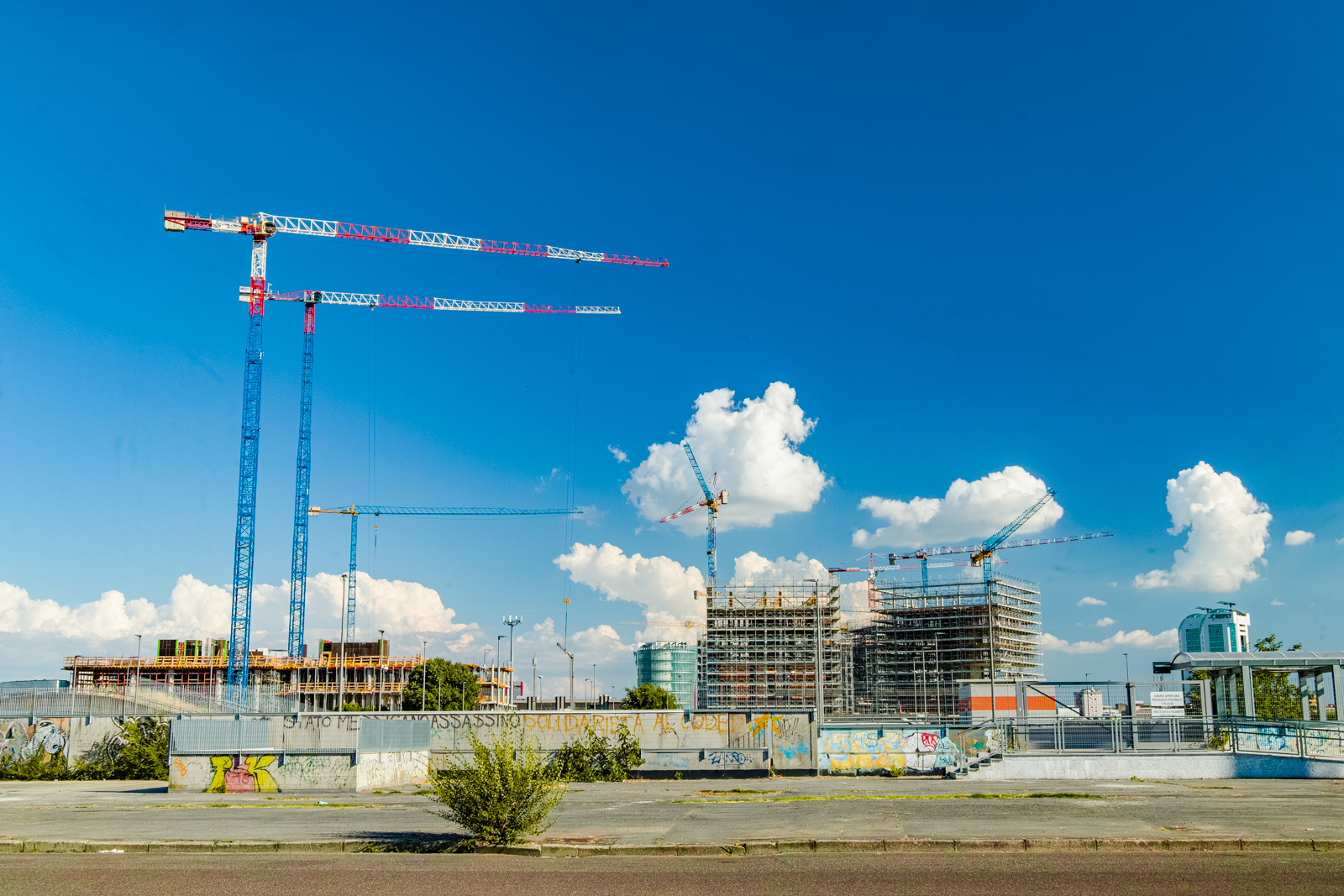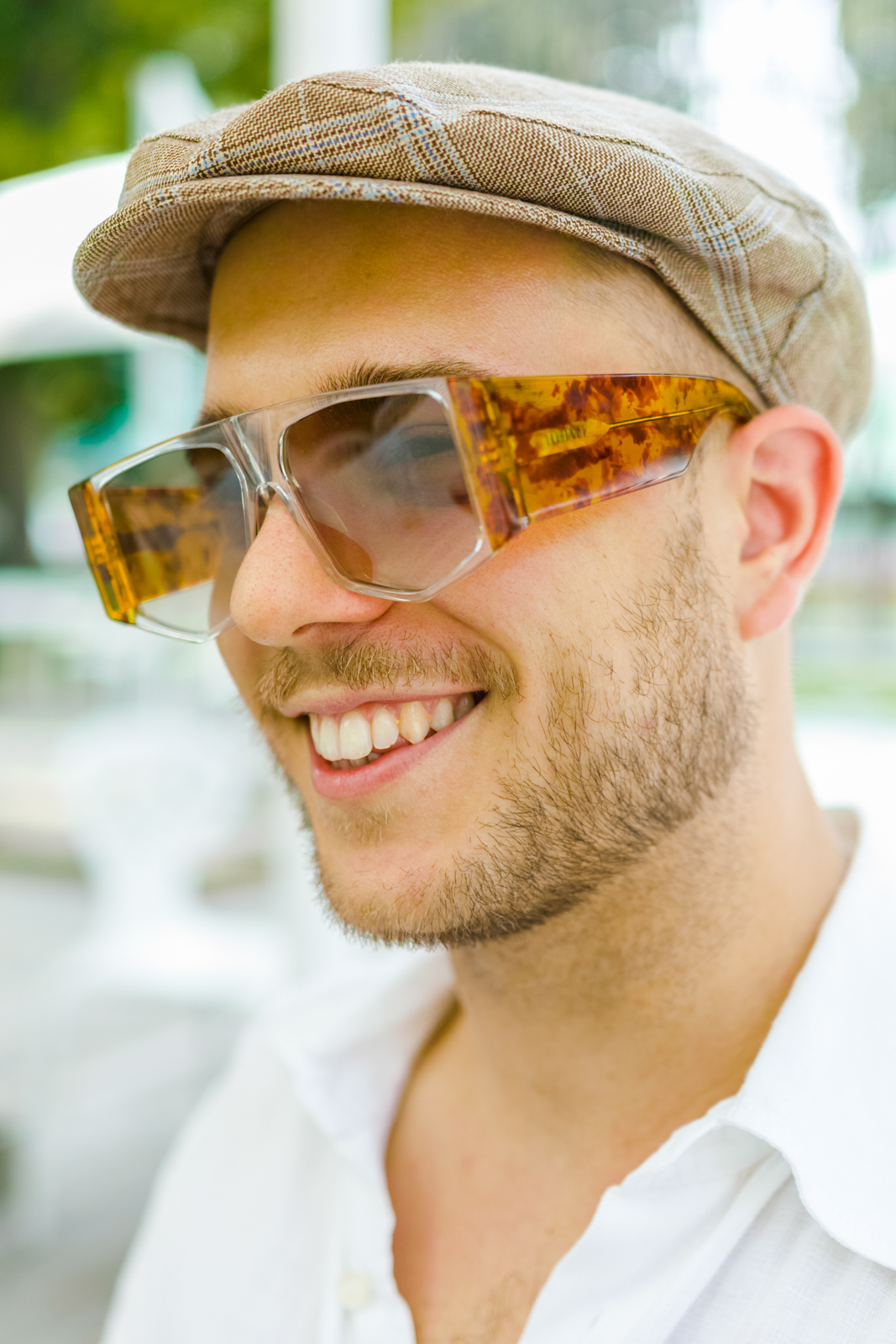TOC
The arrival of the zoom market in the 70s and 80s profoundly changed the photography market. For the first time, the amateur photographer, as well as the reporter, could have several focal lengths attached to their camera at the same time. The possibilities in terms of versatility of use and convenience were almost endless. No longer the need for two camera bodies, no more risky lens changes, but the lens always engaged and ready for use. However, this also had disadvantages. The first and foremost was sufficient optical quality, not comparable to fixed lenses, from that time called primes. Over the years, the quality has improved, delivering more and more performing lenses.

It is almost difficult to believe that this picture was taken only with this zoom lens and a polarizing filter
A historical limitation of the zooms, however, was their low brightness. If 2.8 was the brightness standard for a fixed lens 60 years ago, today it would only be good for a macro lens. On the contrary, an f2.8 zoom can be fearlessly defined as very bright, and therefore it will often be very expensive. When I first saw the Sigma 18-35 f1.8 I didn’t want to believe it. “But it does not cover the full-frame”, “But it is not a real 1.8 because of the smaller sensor”, true, despite this, it is still a spectacular lens that just over 500 euros offers at an almost negligible price-quality so you are usually willing to spend much, much more. But let’s go in order.
This little gem, introduced by Sigma in 2013, is available with almost any bayonet. I decided to test it on a Foveon sensor, to test its limits and understand if it was as good a lens as it looked on paper. Covering the APS-C format the lens is 27-56mm. The reduced focal range may leave you disappointed, but it is not necessarily a negative side. We think of real cult objects, such as the TVS Contax that have the same focal range. Inside it, we find the 28mm, 35mm, and 50mm, the all-rounder focal lengths par excellence. All with a max aperture of f1.8. It seems to limit, but using it for non-specific uses you don’t feel like anything is missing. It should also be emphasized that the reduced focusing distance does not make it a real macro lens, but makes it even more versatile to use.

One of Foveon’s best feature is the insane resolution, so it is pretty easy to crop a little the image without issue and reach a 70ish mm focal lens equivalence
As for the performance, it is impressive. I have never gotten my hands on a lens with such a remarkable value for money. Full-aperture rendering is never truly as smooth as the value would suggest. If you have the patience instead of closing one or two-thirds of a stop, here it becomes a blade. The micro-contrast is always excellent, but this also leads us to one of the few sore points, at least for those who use it on Foveon sensors. In them, the dynamic range is particularly limited, so unless you are photographing low-contrast scenes, it is easy to get dark or burnt parts. Other Sigma lenses overcome this problem by “flattening” the dynamic range of the image - this is the case of 10-20mm -. This did not happen in 18-35, where the exposition must always be particularly meticulous.

The aforementioned problem of the camera’s poor dynamic range and the extreme sensitivity of the lens can lead to difficulties in even low-contrast scenes, such as in this case in the shade of trees.
In general, however, using this lens is a fantastic experience. Often criticized for its excessive size and weight, it embodies the convenience of the three most used prime lenses. It is one of those few lenses that alone can hold a kit and that comes off with difficulty from the camera body. I’m always amazed how it isn’t much more popular than it already is. I tried to answer by observing how the price (often closer to 1000 € than to 500€) although very justified is not typical for an APS-C lens. professionals do not fall back on these systems generally, nevertheless, it is a lens that coupled with the right camera can meet all the needs of a professional within that focal length. Incredibly well done, Sigma!

It is almost impossible to believe that this portrait was taken with an APS-C camera and a zoom lens, and in this lies the essence of this lens!